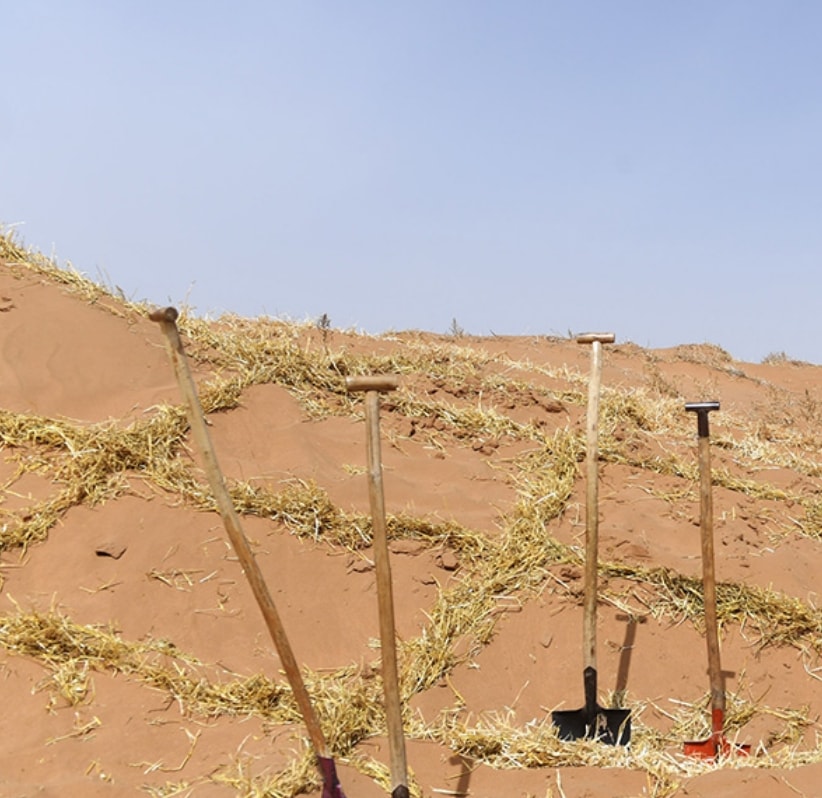
In Iowa they call it “black gold” – a fertile blanket covering the landlocked Midwestern state. Thousands of years of prairie grass growth, death and decomposition have left a thick layer of dark, organic matter on the vast plains.
When European-American settlers first began ploughing in Iowa, they found the weather and local geology had combined this organic mulch with sand and silt to form a nutrient-rich type of soil called loam. It gave Iowa one of the most fertile soils on the planet and enabled it to become one of the largest producers of corn, soybeans and oats in the United States over the last 160 or so years.
But beneath the feet of Iowa’s farmers, a crisis is unfolding. The average topsoil depth in Iowa decreased from around 14-18 inches (35-45cm) at the start of the 20th Century to 6-8 inches (15-20cm) by its end. Relentless tilling and disturbance from farm vehicles have allowed wind and water to whisk away this priceless resource.
The same picture is seen on farms worldwide. Soils are becoming […]









